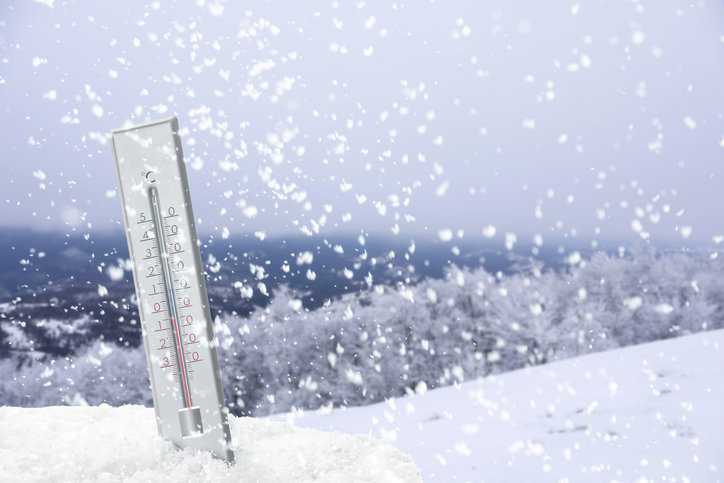
Snow reflects the Sun’s energy back out into space and helps keep the planet cool. Less snow on the ground means less reflectivity and more warming. Measurements of snow depth better our understanding of the water cycle and snowfall. ISO 23435:2022— Air Quality – Test Methods For Snow Depth Sensors presents methods for performance test of snow depth sensors to be used for snow depth measurements.
What Is ISO 23435?
ISO 23435:2022 provides requirements for the evaluation and use of test method for snow depth sensors. This standard is applicable to the following types of automatic snow depth sensors which employ different ranging technologies by which the sensors measure the distance from the snow surface to the sensor:
- Ultrasonic type, also known as sonic ranging depth sensors
- Optical laser snow depth sensors including single point and multipoint snow depth sensors
- Other snow depth sensors
Test Methods for Snow Depth Sensors
ISO 23435:2022 mainly covers two major tests: a laboratory (indoor) test and a field (outdoor) test:
- The laboratory test includes the basic performance test and other tests under various environmental changes.
- The field test is proposed to ensure the performance of the snow depth sensors in field measurement conditions. For the field test, both the natural ground and artificial target surface such as snow plates are considered for the procedures defined in this document.
What Is the Best Way to Measure Snow Depth?
ISO 23435:2022 specifies that both ultrasonic and laser ranging devices provide reliable and highly accurate snow depth measurements at automatic stations. These digital snow depth measuring instruments measure the distance between the sensor and the underlying ground surface. It thus obtains snow depth by measuring the unmelted snow at fixed location: the vertical depth from snow surface to the ground. Most of the sensors are capable of an uncertainty within ±1.0 cm. In addition, these sensors can be utilized to control the quality of automatic recording gauge measurements by providing additional details on the type, amount, intensity, and timing of precipitation.
How Does an Ultrasonic Snow Depth Sensor Work?
An ultrasonic snow depth sensor has an ultrasonic wave transmitter/receiver installed downward on the upper part of the observation pole. It emits an ultrasonic pulse downward and listens for the echo. The sensor then measures the time it takes for the ultrasonic pulse to be reflected and returned. As the distance between the sensor and the snow surface decreases, the time it takes for the echo return also decreases. The depth of snow is calculated by converting the propagation time and the speed of sound into distance. The sensor head also contains a temperature probe, allowing temperature data to be recorded concurrently with snow depth.
How Does a Laser Snow Depth Sensor Work?
A laser snow depth sensor uses laser light instead of the ultrasonic waves. It emits high frequency modulated light obliquely downward from the upper part of the observation pole. The laser light has a spot shape on the irradiated snow surface, and there are single-point laser sensors and multi-point laser sensors that measure a single point and multiple points on the snow surface respectively. The instrument compares the reflected light with the reference signal by means of a microprocessor, which calculates the phase shift and the distance.
ISO 23435:2022— Air Quality – Test Methods For Snow Depth Sensors is available on the ANSI Webstore.